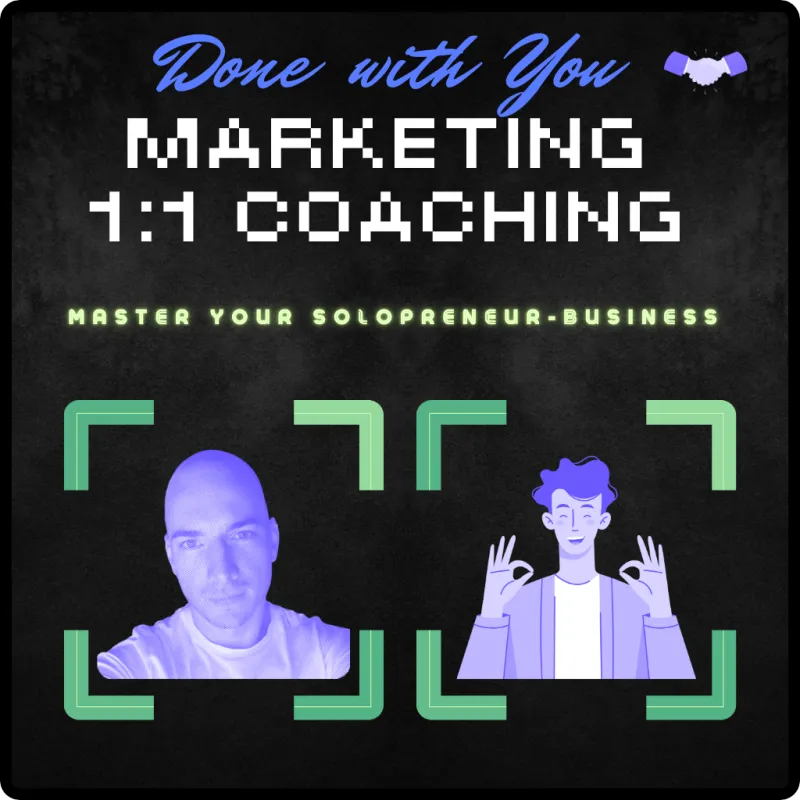
01.1 Marketing 1:1 Coaching [DWY-Service]
€999.00
€999.00
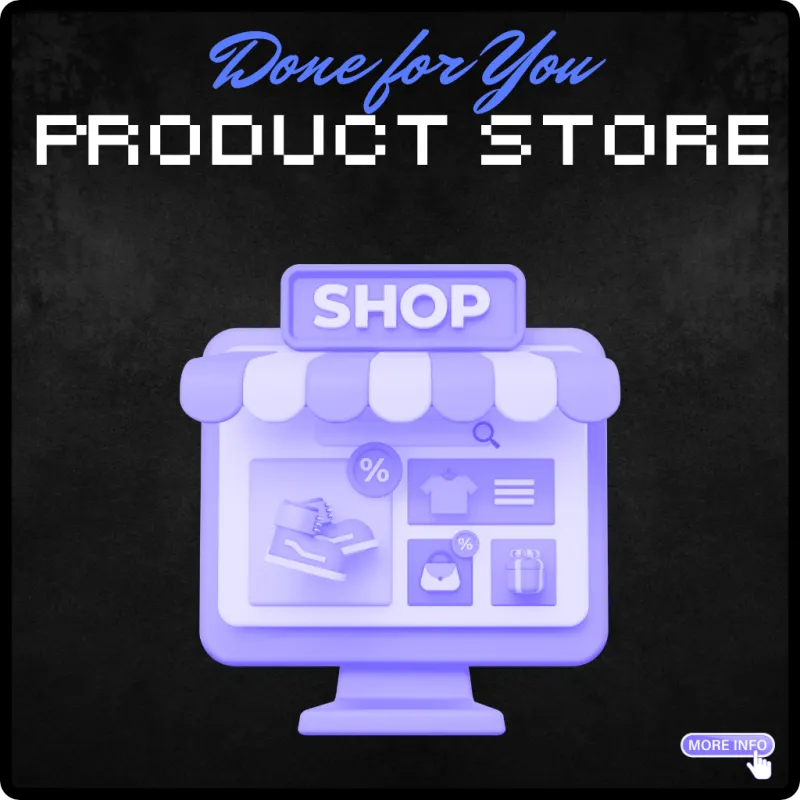
04.5 Digital Product Store [DFY-Service]
€1798.00
€2200.0018% off€1798.00

02.0 Marketing System [DEMO-Plan] 14 day free trial. No auto-renewal!
€110.00
€110.00
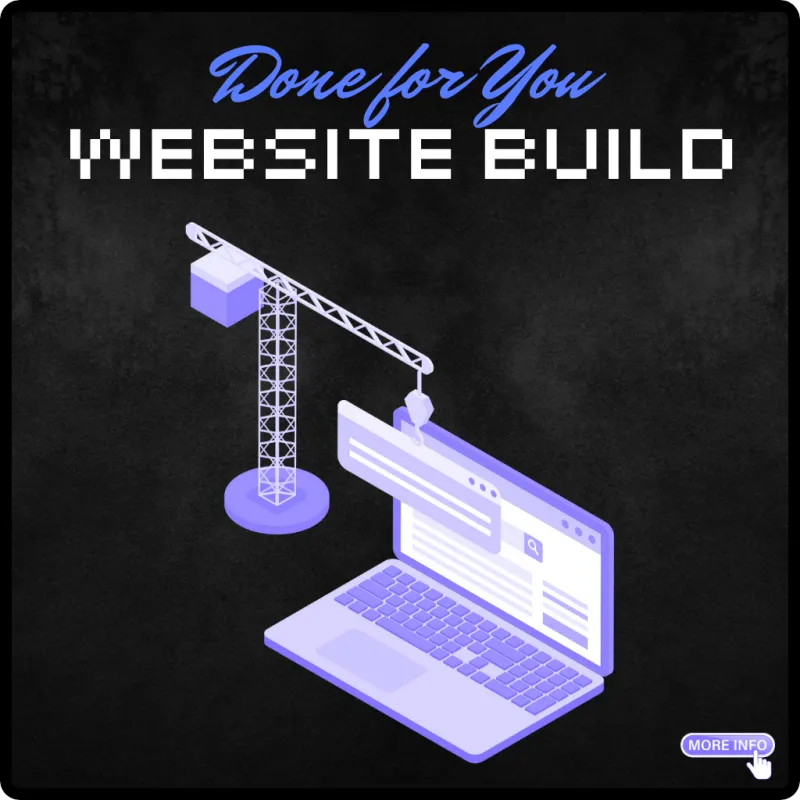
04.4 Website Building [DFY-Service]
€2497.00
€3000.0017% off€2497.00
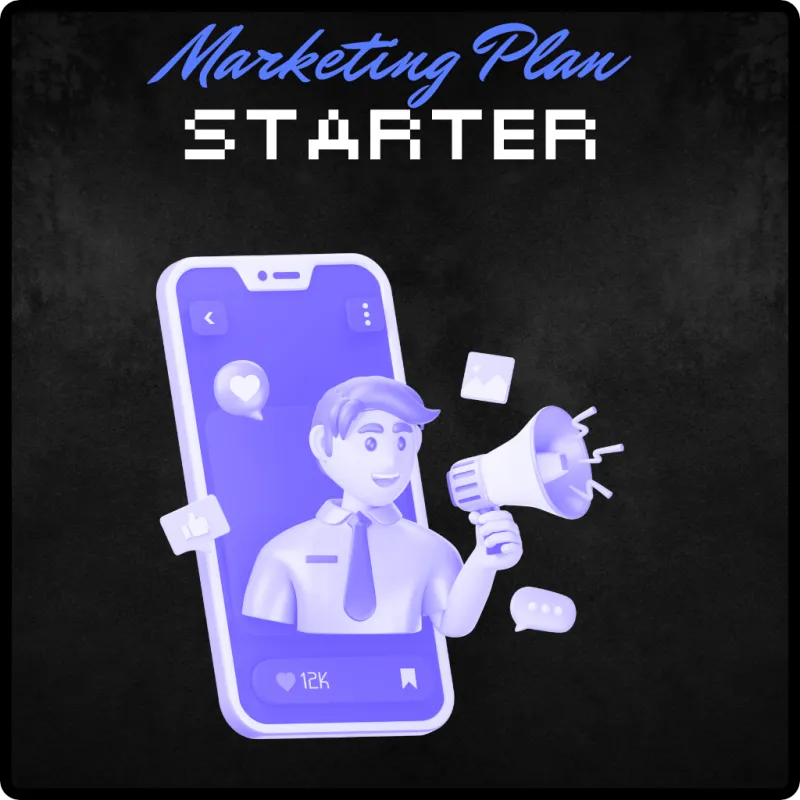
02.1 Marketing System [Starter-Plan] Funneldesign, Copytexte & Consulting
€99.00
€149.0034% off€99.00
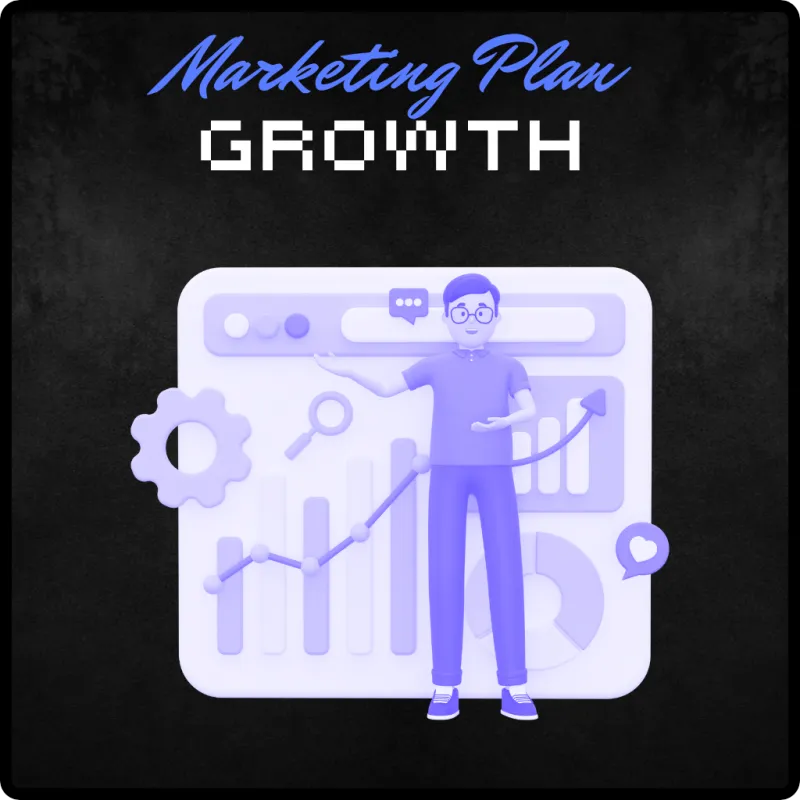
02.2 Marketing System [Growth-Plan] Funneldesign, Copytexte & Consulting
€198.00
€297.0033% off€198.00
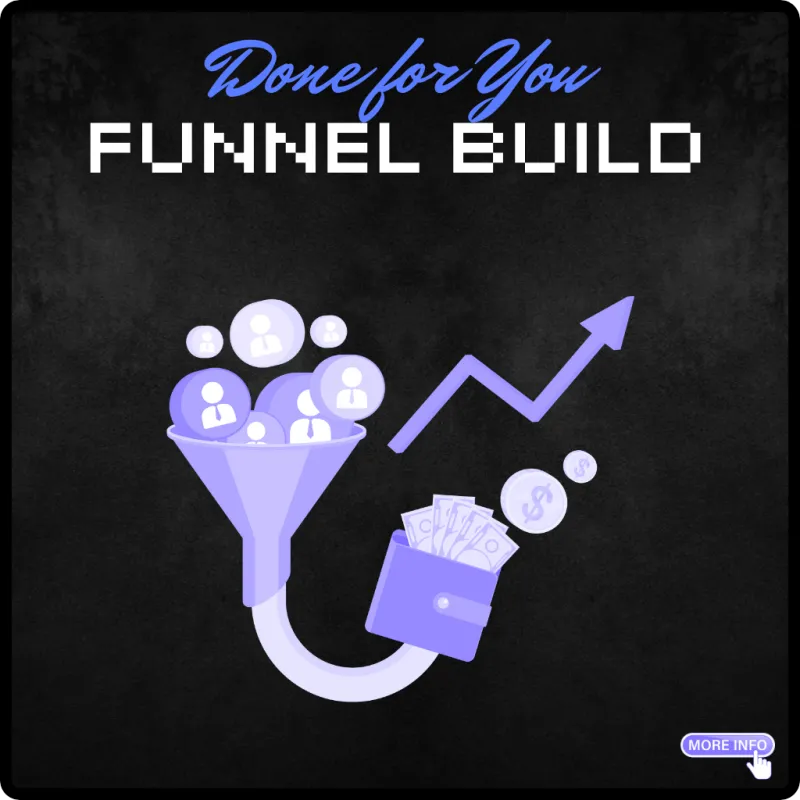
04.3 Funnel Building [DFY-Service]
€1897.00
€2000.005% off€1897.00
Any Product related Questions?
Or need a customized offer?
No problem! Lets Talk.
I will be happy to advise you on the selection of your marketing tools.
HOLISTICA simplifies your processes and saves you time and money.
Just book an appointment in the calendar. See you on the call. 🤝
🔰 STARTER Plan – What You Actually Get & How It Helps You
Keeps track of all your leads, clients, and their interactions with you.
How it helps:
No more scattered notes or lost contacts – everything is in one place.
Always see customer value at a glance – track purchases and abandoned checkouts.
Perfect for managing lead & client progress and nurturing client relationships.
Allows clients to book appointments with you online, without back-and-forth emails.
How it helps:
Clients can see your availability and book instantly – no more manual scheduling.
Sends automatic reminders to reduce no-shows.
Makes you look more professional and saves you tons of time.
Lets you schedule and post content automatically on multiple platforms.
How it helps:
Saves you from posting manually every day – plan content in advance.
Ensures a consistent social media presence, even when you're busy.
Gives you more time to focus on coaching, creating, and working with clients.
Automates repetitive tasks like sending follow-up emails, booking reminders, or nurturing leads. Also complex tasks like CRM Math logics, payment reminders, and course access.
How it helps:
No more forgetting to follow up – every prospect gets a timely response.
Saves you hours by eliminating manual admin work
Streamlines your entire business with smart automation flows.
Centralizes messages from Facebook, Instagram, and other social platforms in one inbox.
How it helps:
No need to switch between different apps – manage all social DMs in one place.
Stay on top of client inquiries and never miss a message again.
Perfect for coaches handling multiple conversations with prospects.
Lets you send newsletters, follow-ups, and automated email sequences.
How it helps:
Keeps your audience engaged and nurtured without manual effort.
Helps you build relationships and convert leads into paying clients.
Essential for growing your brand and selling your services passively.
Helps you create high-converting landing pages and sales funnels without needing a designer.
How it helps:
Guides potential clients step-by-step toward booking a call or buying your offer.
No need for expensive web developers – build your own professional sales pages.
Perfect for selling coaching programs, courses, or digital products.
⚙️ Social Media Auto DMs
Automatically replies to comments on your posts (e.g., on Facebook & Instagram) with pre-set responses or directs users to your DMs.
How it helps:
Saves hours of manually responding to engagement on your posts.
Turns likes and comments into warm leads effortlessly.
Keeps your audience engaged without constant monitoring.
💡 Why This Matters for You as a Solopreneur, Coach, or Creator
Work Smarter, Not Harder – Automate & Grow with Ease.
The STARTER Plan gives you more than just tools—
it builds a system that:
Builds your brand effortlessly
Saves you a lot of time & money
Eliminates repetitive manual work
Helps you engage and convert clients with ease
Makes you look more professional with streamlined workflows
Cuts out the tech overwhelm so you can focus on coaching & creating
🎁 Free Demo - 14 Day Trial Account
Gives you full access to all key features for 14 days, risk-free.
Test everything before committing—no upfront payment required.
Experience real results with live automations, funnels & CRM.
Start risk-free and see how it streamlines your business effortlessly.
📈 GROWTH Plan – What You Actually Get & How It Helps You
+ Everything from the STARTER Plan +
Gives you a private space to build and engage your own community.
How it helps:
Keep your audience engaged without relying on Facebook groups.
Foster deeper connections and increase retention in your programs.
Perfect for memberships, masterminds, and coaching groups.
Lets you host, sell, and deliver video courses seamlessly.
How it helps:
Monetize your knowledge with an easy-to-use course platform.
No need for third-party tools – everything is built-in.
Clients can access lessons anytime, boosting engagement.
⭐️ Reputation Management
Collects and manages reviews across platforms like Google & Facebook.
How it helps:
Get more positive reviews automatically.
Build credibility and attract new clients effortlessly.
Stay ahead of negative feedback by managing responses.
Automates repetitive tasks like sending follow-up emails, booking reminders, or nurturing leads.
How it helps:
No more forgetting to follow up – every prospect gets a timely response.
Frees you from manual admin work so you can focus on what you do best.
Creates a smooth, professional experience for your clients.
Enables automated WhatsApp messages for follow-ups, bookings & sales.
How it helps:
Instantly connect with leads where they communicate most..
Automate appointment reminders and sales messages.
Increase engagement with high open rates on WhatsApp.
Answers common customer questions automatically.
How it helps:
Reduces repetitive inquiries and saves you time.
Provides instant answers to potential customers.
Increases engagement and improves the customer experience.
Automates invoice creation and sends proposals for digital services.
How it helps:
Sell smarter with cross-selling options– Trigger tailored offers based on client actions to increase revenue effortlessly.
Secure deals with e-signatures – Clients approve proposals in one click, making agreements legally binding without delays.
Close deals faster – Combine invoices with automation to send the right offer at the right time.
Lets you sell digital downloads, courses, and memberships online.
How it helps:
No more awkward sales conversations – showcase your prices clearly in a professional product catalog.
No need for Shopify or extra e-commerce platforms.
Makes selling effortless, so you can focus on delivering value.
💡 Why This Matters for You as a Solopreneur, Coach, or Creator
Scale Smarter – Automate, Monetize & Grow Effortlessly.
The GROWTH Plan gives you everything you need to turn your expertise into a
thriving online business by:
Monetize your expertise with courses, memberships & digital products
Automate your sales & marketing so clients come to you
Grow your community and build deeper relationships with your audience
Work less, earn more by streamlining your entire business
👉 Get a Custom-Tailored System Built for Your Business Needs
Not sure which features you need? Let us create a personalized system plan that fits your workflow, automates tasks, and supports your business growth—without the unnecessary extras.
Designed for You – Choose the exact features that match your business needs.
No Unused Tools – Pay only for what you actually need, without extra complexity.
Expert Guidance – Get a personalized recommendation from our team to optimize your setup.
© 2025 HOLISTICA® - We architect your business. All rights reserved.
Imprint | Privacy Policy | Cookie Policy | Terms of service
